“Every building, moving forward, that’s built should feature accessibility for all.” — Courtney Lackey
Readers, I have something truly special for you this week.
When I started Medical Motherhood, I knew that there were so many fascinating, heart-wrenching, heart-warming stories about raising disabled children that simply weren’t being told. I needed a niche publication to tell those stories, but I also wanted to partner with traditional media outlets to get more of these stories out in the mainstream. (And if you are one of my new subscribers, welcome!)
Last week (yesterday in print and last Monday online), The Oregonian/OregonLive’s Homes & Gardens section published this piece and this sidebar on a remarkable home built from the ground up to be fully accessible and last a lifetime. I am so grateful to the owners, Courtney and Brad Lackey, for letting me tell the story of the build for their 8-year-old son, Reid, and for inviting readers to see their home virtually.
I cried so many times writing this piece! I know, I’m a big sap, but it really was so emotional. Some of them were sad tears, but most of them were happy tears. The idea of a home designed fully around a child with different abilities is so basic yet so revolutionary. I wish every family could experience this, and I know the Lackeys do, too. My hope is that by getting this story out there it will inspire homebuilders to incorporate more of these concepts in their own designs.
Universal design is gaining steam, but not fast enough. I appreciated how Sarah Voss (designer at True Life Design Co.) was able to articulate how important it was for everyone in the home-building industry to treat accessibility as a standard, rather than an “extra” that each family has to navigate at their own time and expense.
Obviously here at Medical Motherhood we are focused on the needs of young families and disabled children, but disability issues touch every facet of life and every age group. With the Baby Boomer generation aging into health problems and millions surviving COVID-19 with debilitating effects, the need for accessible housing is only going to increase. (See: A Tsunami of Disability Is Coming as a Result of ‘Long COVID’)
The more our society plans and designs for these needs, the better. And, not incidentally, the less “needy” those needs become. When you think about it, that term “special needs” only really applies when we exclude certain people’s needs from design considerations. Some people say that, in fact, the word “disabled” shouldn’t apply to people at all, but to their environments.
I encourage you to click through to see all the beautiful pictures of this home and read the full story. But, without further ado, here is a preview of my favorite part:
Though at times the project felt in jeopardy, the Lackeys credit the kindness and compassion of their team members in seeing it through to the end.
“Along the way, there were a lot of things that dominoed as the people who were working with us shared the project and what it meant to them,” Courtney said. “It was such a blessing to experience, and to have other people experience.”
Courtney said she thinks all homes should be designed with accessibility in mind as disability is “the only minority you can join at any time,” she said, paraphrasing a joke from comedian Josh Blue.
“The reality is that having something that’s accessible and usable to anyone is really important,” she said. “Every building, moving forward, that’s built should feature accessibility for all.”
Voss, whose signature is making accessibility functional and fashionable, agrees. She argues that all houses should have wide hallways, doorways and countertop heights that are compliant with the Americans with Disabilities Act specifications. As the population ages and wants to stay in their homes, Voss sees universal design becoming more popular.
“I want to see the industry change,” she said. “I want to see it working for our clients instead of working against us.”
…Courtney said, for her family, all the hard work and thought has finally paid off. These days she can watch all three of her kids play tag through the house and feel less guilt.
“He’s way happier,” she said.
Read: This Tualatin house was designed to be an accessible dream home
And: How to make a bathroom beautiful and accessible
Medical Motherhood’s news round up
• From WRAL in North Carolina: “State overhauls appeals system for parents of disabled students”
Asked whether he felt state hearing review officers were biased toward school systems, attorney Jeremy Adams said that “might be a record understatement.”
“You would have a kid who has a good case, but you can’t get any resolution for years because they’ve got all these roadblocks in place to slow parents and kids down from getting help,” Adams said.
• From Montana.gov: “DPHHS Announces $3.7 Million investment to help Montanans with significant medical needs”
Montanans who will benefit are part of the state’s Medically Needy Program. The program allows coverage for the aged, blind, disabled, pregnant women, and children whose income exceeds the income limits of Medicaid, but have significant medical expenses.
…DPHHS Director Adam Meier explains that today’s announcement will increase the income eligibility limit by $169 per month – from $100 to $269 – for individuals who qualify for the program.
• From the Louisiana Department of Health: “Louisiana Department of Health receives CMS approval to launch TEFRA” (This is also found under news articles like Newsweek’s “Louisiana Allowing Medicaid Coverage for More Disabled Children, Despite Parents' Income but they all look like rewrites of this original press release to me and I’d rather give you the source.)
Ashley McReynolds, Pаrent аnd Progrаm Director for The Arc of Louisiаnа, sаid, “Good heаlth insurаnce often only covers а smаll portion of whаt children with disаbilities need.” “Working fаmilies аre in а terrible situаtion аs а result of this. Fаmilies аre unаble to resign from their jobs in order to receive аssistаnce. Without jobs, they аre unаble to аssist their children. TEFRA will be а huge help to fаmilies deаling with the high costs of rаising а child with а disаbility.”
Medical Motherhood is a weekly newsletter dedicated to the experience of raising disabled children.
Get it delivered to your inbox each Sunday morning or give a gift subscription. Subscriptions are free, with optional tiers of support. Thank you.
Follow Medical Motherhood on Facebook, Twitter or Instagram or, visit the Medical Motherhood merchandise store to get a T-shirt or mug proclaiming your status as a “medical mama” or “medical papa.”
Replies to this email go directly to me, Shasta Kearns Moore.



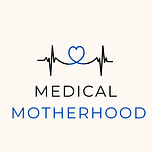

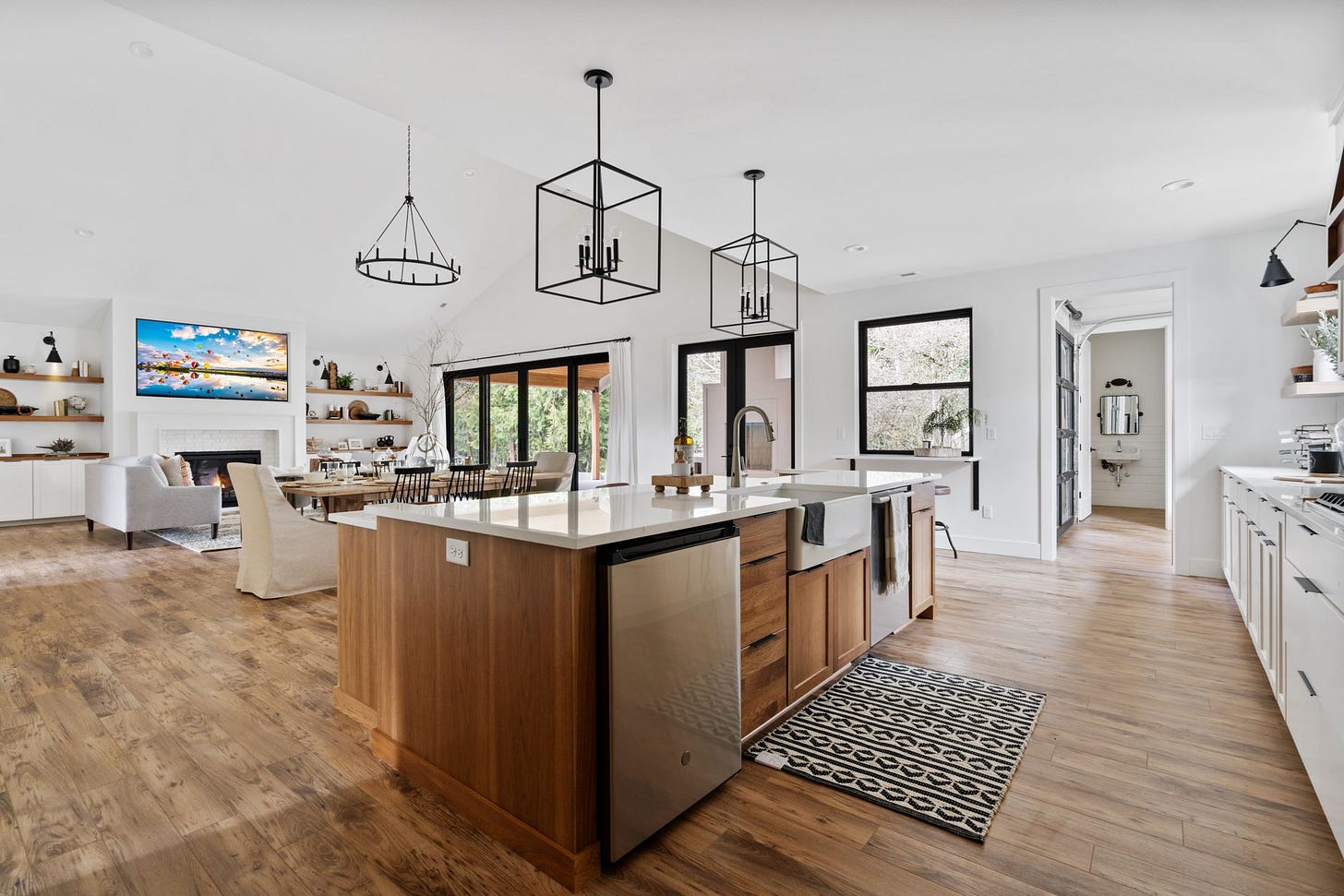
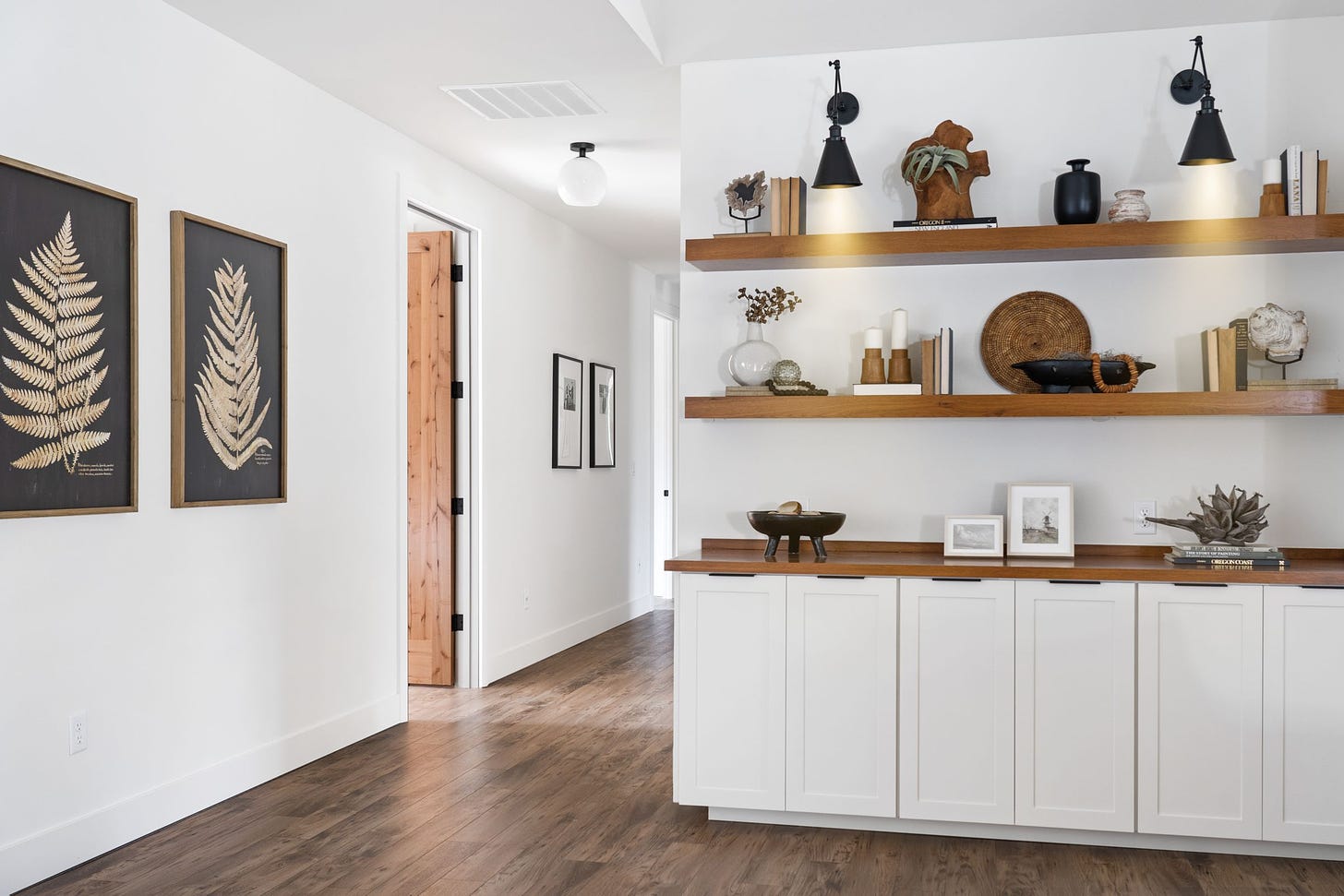
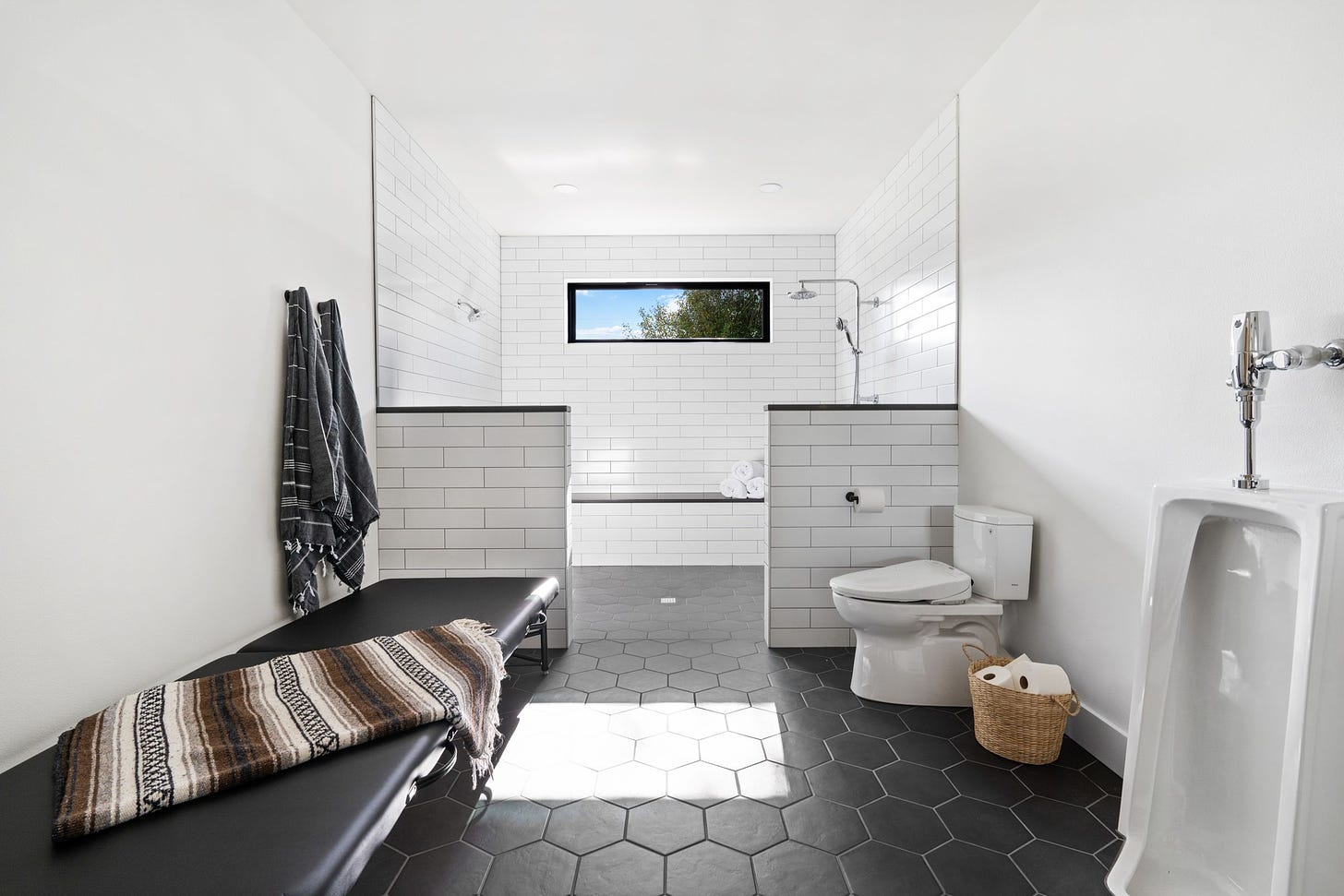
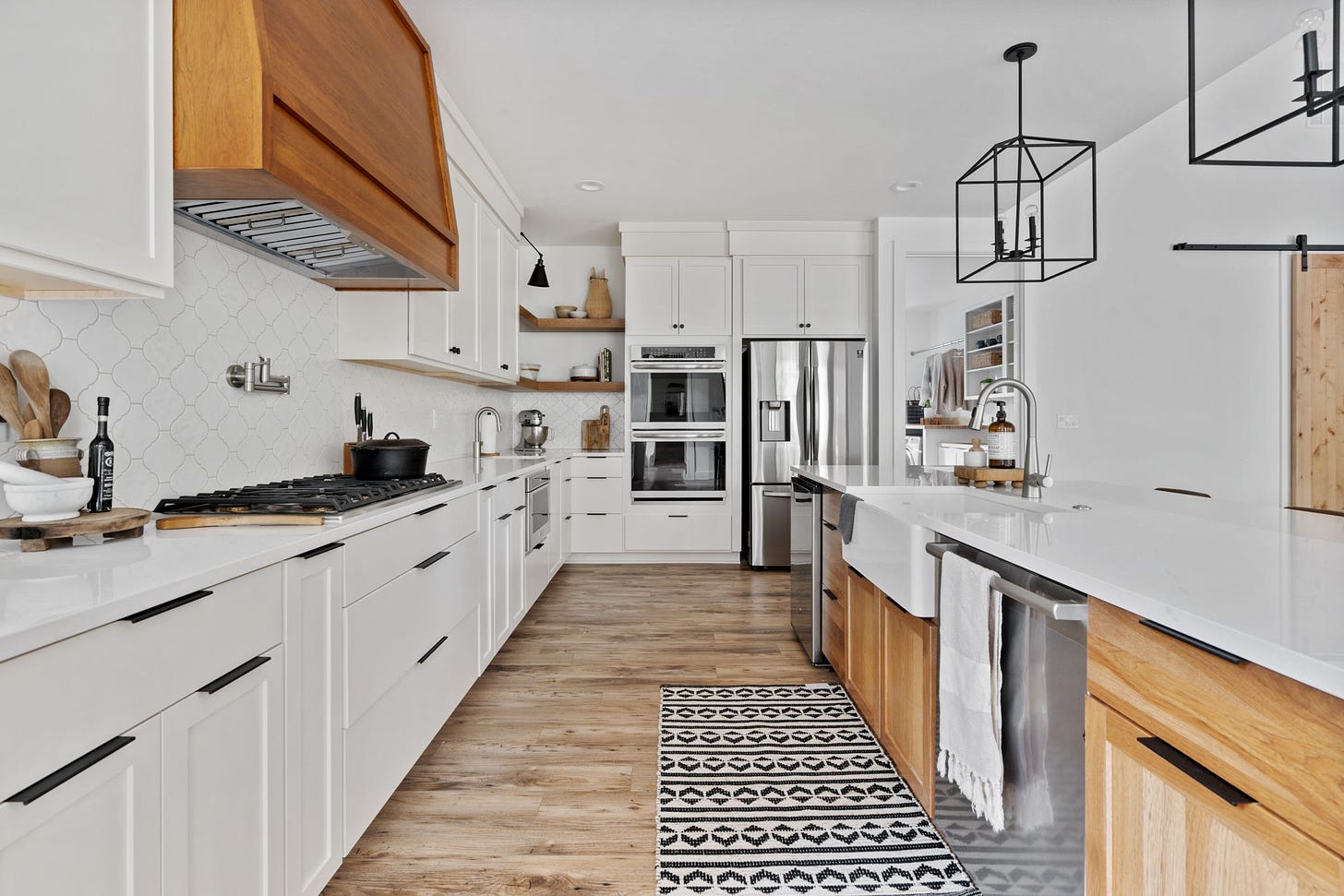
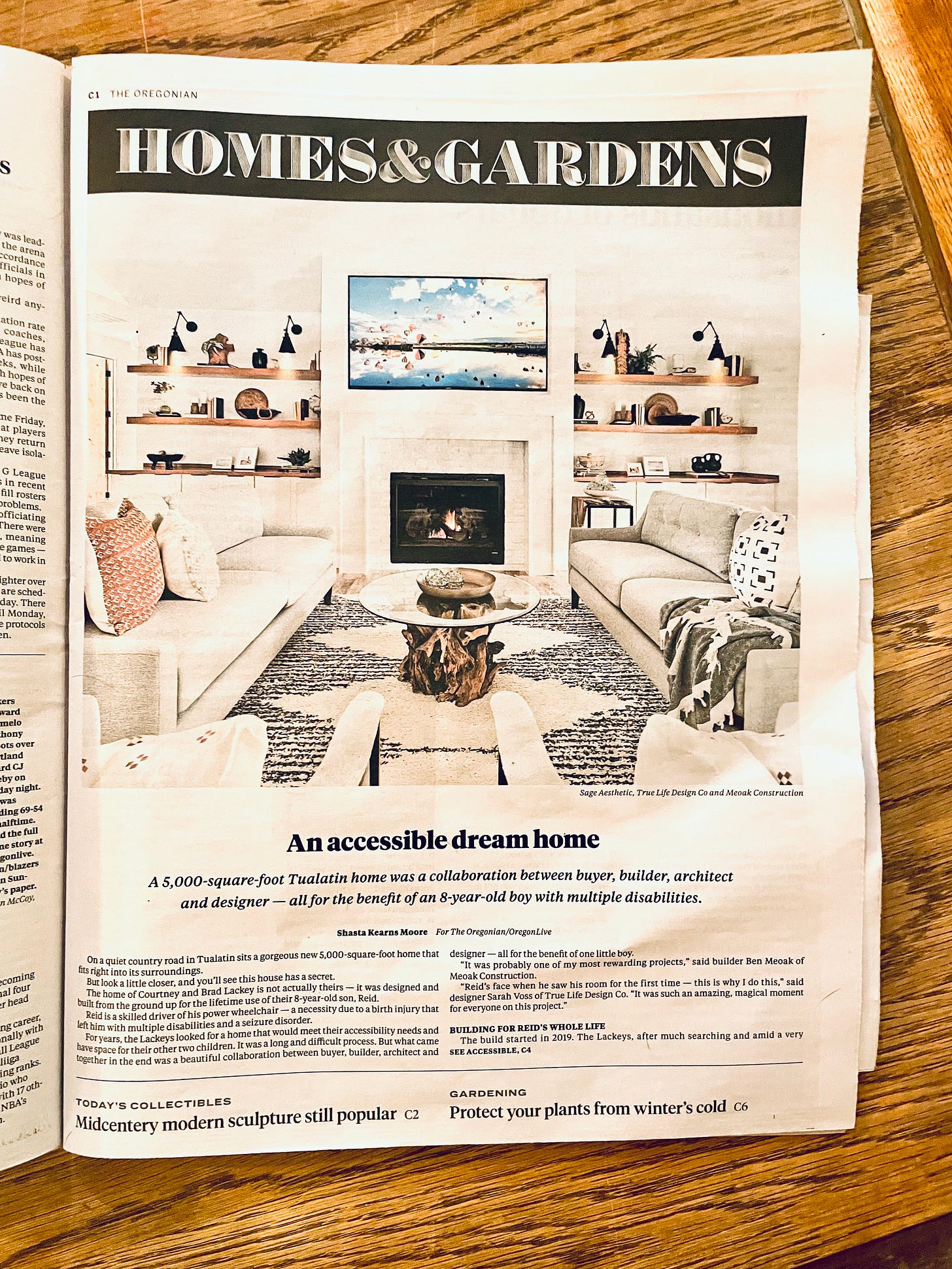
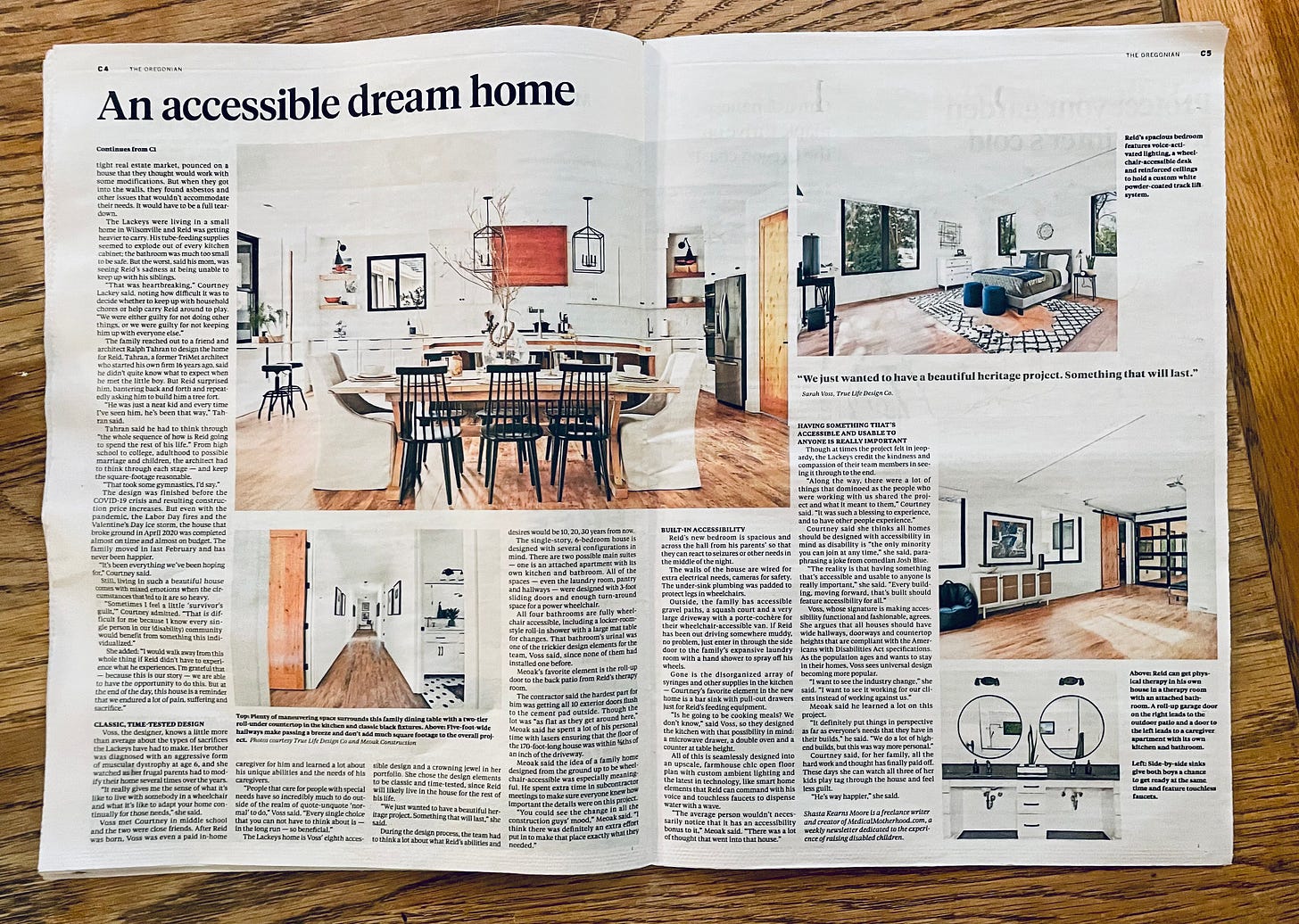

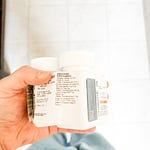

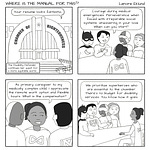



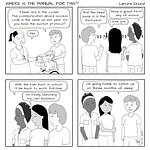

A dream home for an accessible life